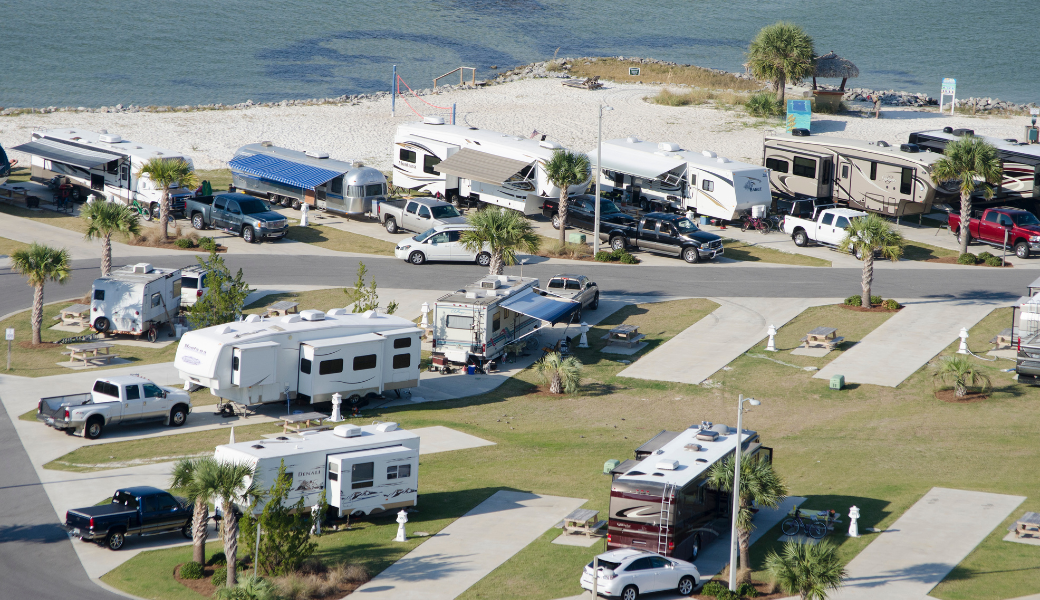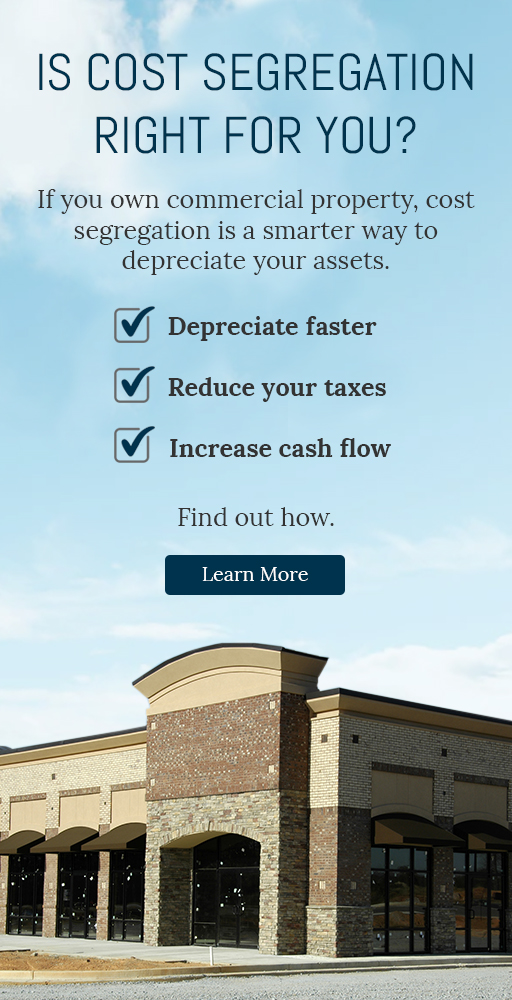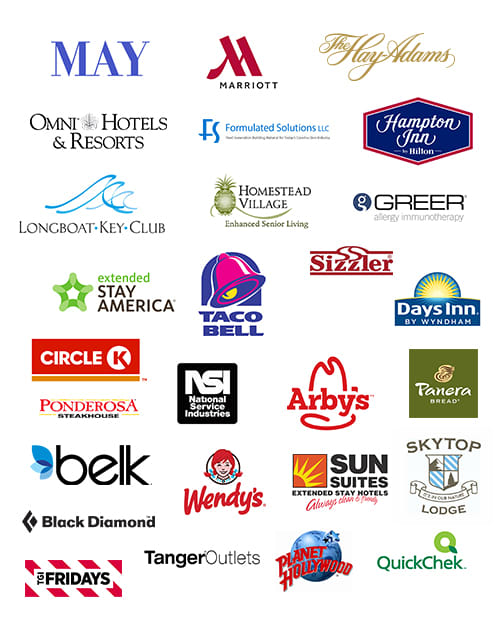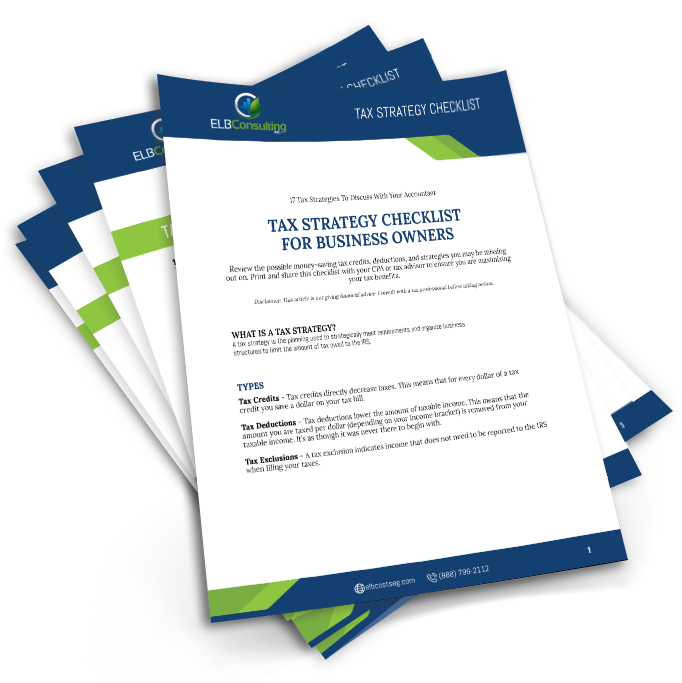Isn’t it all just 15 year property? So why do I need to pay for Cost Segregation Study?
Contrary to popular belief, a Mobile Home Park (MHP) or Recreational Vehicle Park (RVP) are not all qualified as 15-year property. And while 15-year property does play a major role in the tax benefits of depreciation on MHP’s and RVP’s, the actual property characteristics of the park are what will define the specific life-class results.
As such, when conducting an engineered cost segregation study for MHP’s and RVP’s, there are numerous life-class variables that impact the results. The actual components and features of the park will define the amount of tax benefits.
This is why doing a engineered cost segregation study on these parks is so important to properly qualify the specific property life classes. Besides, this is an essential need in the event of an I.R.S. audit. The I.R.S will expect supporting documentation for your depreciation schedule life-classes.
Typically for these park properties the allocation of assets to are:
- Land (Non-Depreciable): The value of the land itself is not depreciable and must be excluded from the depreciable asset base.
- Land Improvements (15-year): These include enhancements to the land that are not buildings, such as roads, driveways, sidewalks, parking areas, utility hookups (water, sewer, electrical), drainage systems, landscaping, fences, and lighting. These assets are typically classified under a 15-year Modified Accelerated Cost Recovery System (MACRS) recovery period and can qualify for bonus depreciation.
- Personal Property (5-7-year): This category includes assets that are not structural but are used in the operation of the park, such as signage, playground equipment, furniture, appliances, equipment sheds, detachable awnings, and other non-permanent fixtures. These assets have shorter recovery periods of 5 or 7 years, depending on their nature, and are eligible for bonus depreciation. This can also include owned homes that are not permanently affixed to the ground, and still have an axle, and/or tongue and VIN#.
- Buildings and Structural Components (27.5-year or 39-year): This category includes permanent structures like clubhouses, offices, laundry facilities, and any other permanent buildings. Permanent residential structures in a mobile home park are typically depreciated over 27.5 years, while non-residential structures (e.g., office buildings, rental facilities) use a 39-year recovery period.
- Site Utilities (15-year): Utility systems that are integral to the park’s operation, such as water, sewer, gas, and electric systems, are typically classified as 15-year property.
Proper classification accelerates depreciation and reduces tax liability, providing substantial tax benefits, and protects you in the event of an audit.
If we can assist you with your tax mitigation needs on a MHP or RVP, please contact us and mention this blog.




